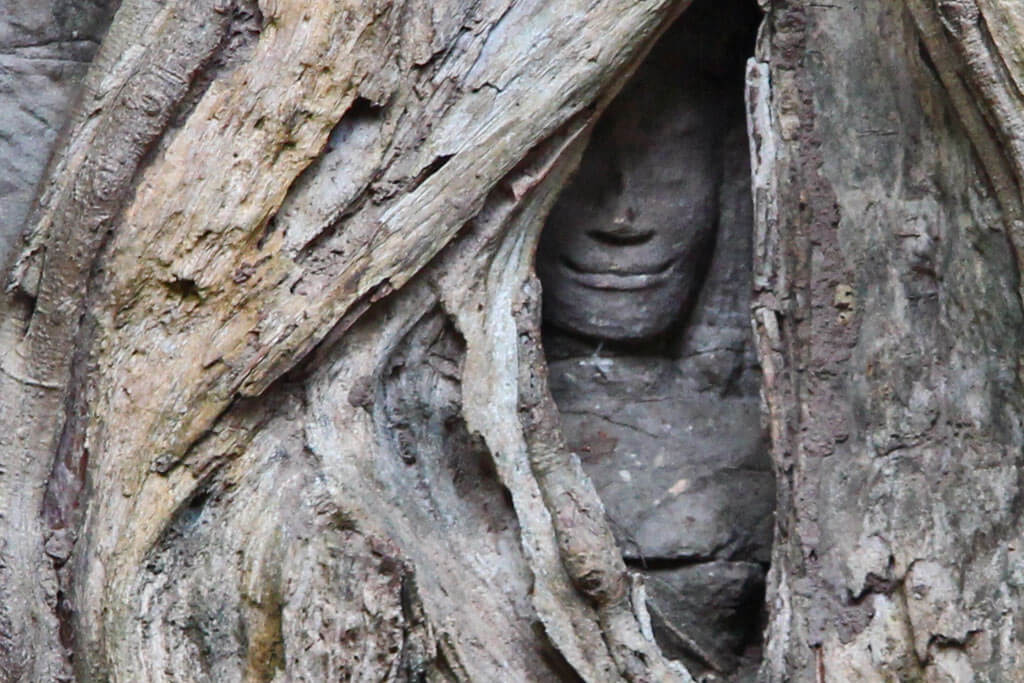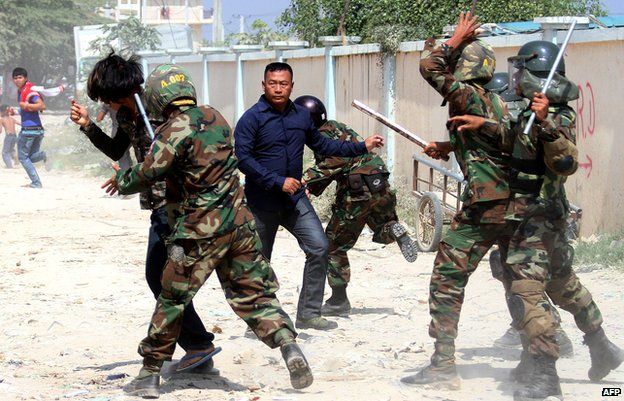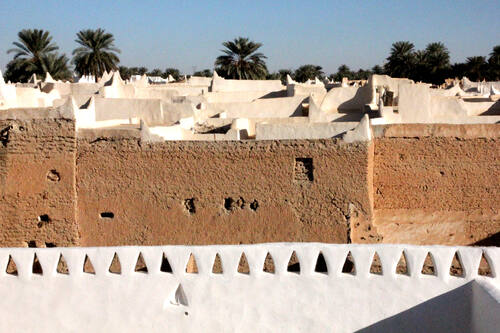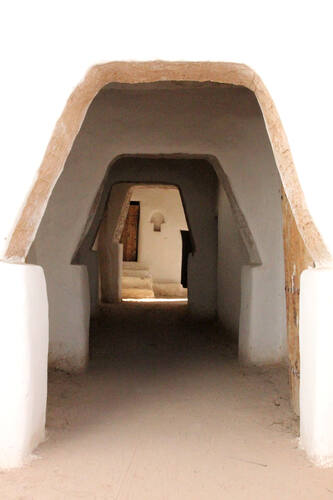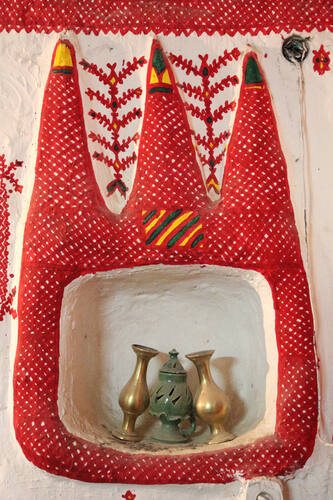Today, something happened. Canada said sorry...again. For another bad screw up. This one has been 102 years in the making.
As reported by the CBC:
Nearly 102 years after the Komagata Maru sailed into Vancouver, Prime Minister Justin Trudeau has offered a full apology in the House of Commons for the government of the day's decision to turn away the ship, which was carrying hundreds of South Asian immigrants, most of whom were Sikhs.
The Komagata Maru arrived on Canada's West Coast on May 23, 1914, anchoring in Vancouver's Coal Harbour. Nearly all of the 376 passengers were denied entry and the ship sat in the harbour for two months. It was ultimately forced to return to India and was met by British soldiers. Twenty passengers were killed and others jailed following an ensuing riot.
The Maru was a Japanese steamship chartered by wealthy Sikh businessman, Gurdit Singh, who was then living in Hong Kong. Its passage was a direct challenge to Canada's immigration rules, which had grown increasingly strict — and discriminatory — at the turn of the century.
Canada needed immigrants to cultivate western farmland but preferred those from the U.S, Britain or northern Europe.
India had been a British colony for almost 200 years at this point, and Singh believed British citizens should be able to freely visit any country in the Commonwealth.

Passengers from the Komagata Maru, shown in 1914. (James L. Quiney/City of Vancouver Archives) Too bad if you think you're all equal to us superior white people...oh...you did...this is awkward...
The steamship departed Hong Kong on April 4, 1914, making stops in Shanghai and Japan. Previously used to transport coal, the Komagata Maru had been transformed for the long journey.
Word of the ship's intended destination quickly reached Vancouver, where anti-Asian sentiment was already in full swing. Local newspaper headlines of the day decried its arrival as a "Hindu invasion." Yeah - like Hindus and Sikhs are the same...
In Vancouver, the Komagata Maru was immediately greeted by immigration officials who refused to let its passengers disembark. Twenty people determined to be returning residents were eventually permitted entry, but no one else stepped foot off the boat.
For two months they sat there. Eventually, they gave up and headed back home to Calcutta. Where they were promptly arrested, and 20 people were killed. Thanks Canada.
 |
Party Boat? The Komagata Maru sits in Vancouver's Coal Harbour in 1914. The ship became a spectacle for locals during its two-month stay at the waterfront.
The Prof. Mohan Singh Memorial Foundation, founded in 1990, has been lobbying for an apology for nearly 25 years, working with local, provincial and federal politicians.
Finally, after everyone is dead, Canada gets around to apologizing. While I am glad of it, and for my Sikh friends, it's a typical move by our country to apologize for being shits to certain groups of people long after the fact. I have an idea: maybe we should stop being racist shits. Maybe?















